There’s an irresistible mystery around mushrooms. Neither plant nor animal, these formidable fungi can be exotically beautiful or revoltingly ugly. They can be the perfect final touch for a great meal, or a one-bite ticket to the emergency room.
There is perhaps no more sought-after U.S. mushroom than the morel: a fragile, honeycombed delicacy — closely related to the truffle — that pops out of the ground for just a few weeks each year. Iron Chef Alex Guarnaschelli calls the morel “the sacred mushroom.” Its gastronomic versatility has earned it nicknames like Dry Land Fish and Hickory Chicken.
Untold thousands of Americans drive hundreds of miles and even fly cross-country just to be on hand when the morels make their tantalizingly brief appearance each spring, and you can find them, too — if you know where to look.
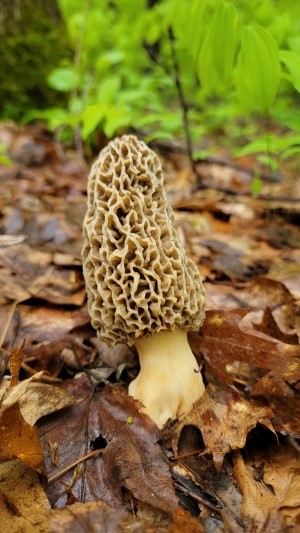
Mostly, though, it’s important to check with a mushroom expert before you even think about eating one (and never raw — even most “safe” mushrooms must be dried and/or cooked before consumption). Across the country, local mushrooming organizations can either help you identify genuine morels or, better yet, direct you to a nearby morel foraging class.
“We’re happy to help people identify their morels from a photograph,” says Ryan Bouchard, who along with his wife, Emily Schmidt, heads the Mushroom Hunting Foundation in Rhode Island. “Morels are really easy to spot — they’re shaped kind of like a sock, and unlike the somewhat similar mushrooms we call ‘false morels,’ they’re completely hollow inside. There are phone apps that supposedly help you steer clear of dangerous mushrooms,” he adds, “But, really, do we want the robots to do our thinking? I’ve seen the apps give some pretty bad advice.”
Midwest States
Local Mushroom Experts and Class Operators: The Hoosier Mushroom Society
“Do I need to blindfold you?” asks Bob Adkins. He’s kidding. At least, I think he’s kidding.
It is late April, and Adkins is driving me through the rolling hills outside Bloomington, Indiana, in search of morels, the region’s most sought-after — and most elusive — delicacy.
Adkins is executive chef at Truffles, a restaurant in town. But besides his kitchen, this time of year you’ll also find him out here in the wild, trudging along stream beds, in search of morel mushrooms to serve his customers.
Now, you must understand, the Hoosiers of Indiana are a friendly, helpful bunch. They won’t hesitate to stop and assist a stranger fixing a flat tire. They’ll even share their mother’s recipe for sugar cream pie.
Just don’t ask them to reveal where they go foraging for morels.
Here is an actual conversation I overheard between a grown man and his elderly father in Bloomington, Indiana:
“You go out lookin’ for morels on Saturday, Pop?”
“Yep.”
“Where’d you go?”
Pause.
“It’s in my will.”
So Bob Adkins is being mighty obliging to take me along for this tromp through the woods. We’re somewhere south of town, in the vicinity of Hoosier National Forest, a 200,000-acre patchwork of wilderness spread over four parcels that reaches all the way to the Ohio River. As a rule, the National Parks Service forbids visitors from removing anything from federal forests, but the agency makes a notable exception for mushrooms.
We’re gingerly stepping along a meandering, three-foot-wide stream, heads bent downward, scanning the ground as if we’ve each lost a valuable coin. Adkins seems to have a routine: 10 steps; stop; survey the surroundings; move on.
It’s no surprise that morel mushrooms prefer a damp environment, but they are even more picky than you might expect: In these parts, they’re particularly partial to the bases of sycamore trees and dead elms.
The Midwest sweet spot for morels stretches from Missouri north through Minnesota, Wisconsin, and Michigan. In theory, morels are easy to spot: They have a distinctive tall, slender cap with numerous delicate indentations that resemble a honeycomb. As such, they’re also one of the simplest mushrooms to forage. The false morel, which can really make you sick, has a similar cap, but it looks more like a wrinkled brain than a honeycomb. Also, only a true morel, when sliced from top to bottom, is completely hollow inside.
“But they’re really tricky when it comes to the weather,” says Adkins. “We had some warm weather, then last week it was really cold. So it might be another week before we see a lot of them.”
Alas, I am here this week. Despite our earnest searching, after an hour we have come up empty. But I’m surprised to realize I have no actual regrets. I’m enjoying this time in the forest; reveling in the gentle gurgle of the stream, catching glimpses of small animals as they rustle through the brown leaves.
Still, Adkins needs to get to his kitchen. We leave the forest empty-handed.
But a local friend of mine, Erin White, isn’t having any of it.
“You’re going out with my husband Kevin this afternoon,” she declares. “He always finds morels.”
And so, a few hours later, here I am again, in hilly woods on the northwest side of town. (That’s as specific as I’ll get, okay?) Once more I’m staring at the ground like a guy whose shoes are untied but he’s too lazy to bend down and do anything about it.
Kevin White is several paces ahead of me, similarly studying the ground but with decidedly more authority. We’re not here for 10 minutes when he comes to a dead halt.
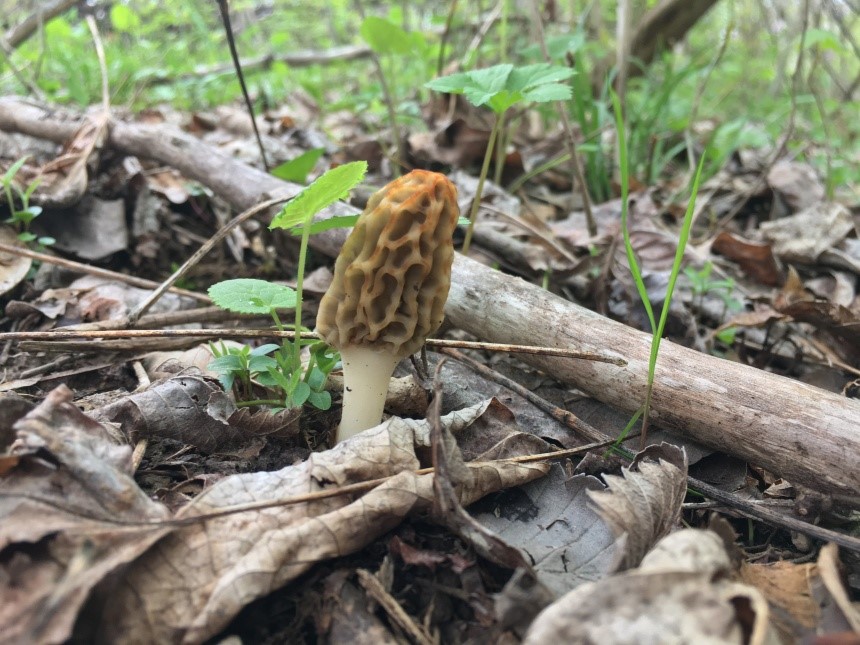
“I want you to look over there,” he says, pointing to the foot of a small sycamore tree. At first I can discern only a cover of dead leaves with some green, early spring plant shoots poking out. But then, almost as an apparition, an orange-y inverted cone comes into view. Gingerly crunching closer, I lean forward reverently, my mouth most likely hanging open a bit.
It’s a morel. Three inches high or so, with a sturdy white stalk and a latticework cap that appears flimsy, almost frothy, seemingly out of focus compared to the sharply defined objects surrounding it.
White hands me a pair of scissors. I snip my prize. It’s important to cut a morel, not pick it. To do otherwise would damage the elaborate root system, called mycelium, that links every mushroom in a colony.
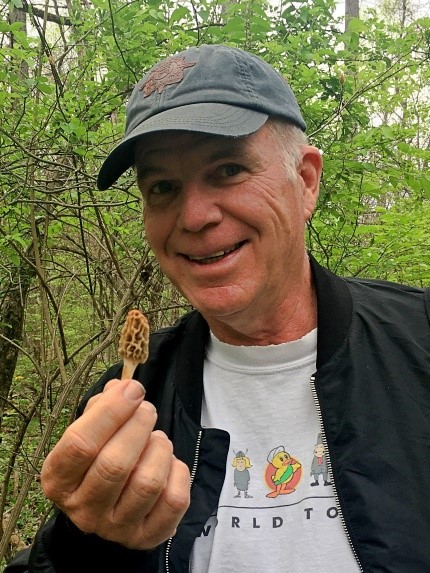
Speaking of which, where are this fellow’s companions? White is looking around, a bit perplexed. Morels usually appear in groups, but my find is definitely a loner.
We head back to White’s car; he’s clearly somewhat disappointed, but I’m enthralled.
“You never know where you’ll find morels,” chirps Erin. “Just last week I was walking downtown in Bloomington, and there in the grass, right next to the sidewalk, there was a morel sticking up!
“I started looking, and I found eight of them!”
Somehow, that doesn’t seem to make her husband feel any better.
Yosemite National Park, California
Local Mushroom Experts: Bay Area Mycological Society
Foraging Tour Operators: Foragesf
Near the roof of the High Sierra, the sheer concentration of morel mushrooms that sprang up in the area of the notorious 2013 Rim Fire — which devastated 400 square miles of forest — surprised even park rangers.
Studying several random 33-square-foot plots in and around the Yosemite fire zone, researchers found an astounding average of 600 or so morels in each plot. That’s a pretty hefty haul, considering dried morels can sell for $75 or more per pound.
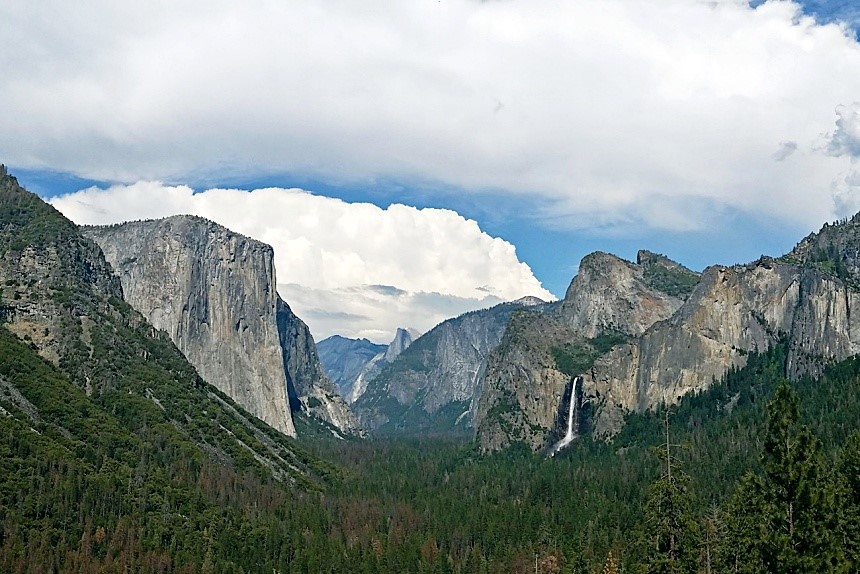
Seasoned morel hunters follow reports of forest fires closely, hoping to catch “fire morels” when they spring up — and they know that national parks, where controlled fires often occur, are a good place to look. Check with the park rangers’ office for accessible burn areas — or you can buy a nationwide burn morel map at modern-forager.com.
But be warned: in Yosemite, the daily morel limit is one pint per person per day.
Northeast United States
Local Mushrooming Experts and Foraging Tour Operators: Ryan Bouchard and Emily Schmidt, The Mushroom Hunting Foundation
It’s been a warmer-than-usual winter, but Ryan Bouchard is still hoping the morels of New England will begin pushing up, as usual, in May. That’s when he and his wife, Emily Schmidt, will be heading up to the foothills of the Berkshires in search of them, paying special attention to the areas around ash and elm trees.
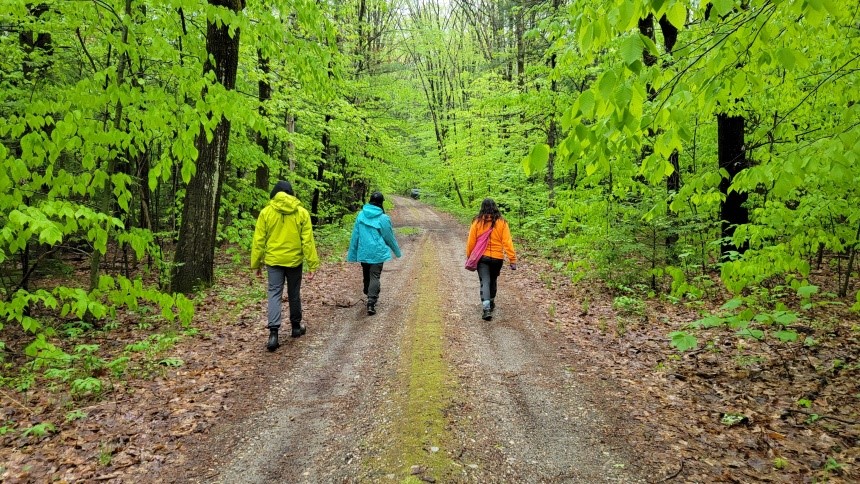
Traditionally, Bouchard says, one of the best places to look for morels, especially in the East, is in old, overgrown apple orchards.
“To be honest, I’ve never had much luck with that,” he confesses. “People tell me the orchards I’m checking aren’t dead enough and overgrown enough with briars. And, yeah, I guess I haven’t gone out there into the tick zone with big clippers and a suit of armor.”
Besides helping novice foragers identify mushrooms through their website, Bouchard and Schmidt travel up and down the East Coast lecturing about mushrooms, taking groups on foraging expeditions, and even giving in-home mushroom cooking demonstrations.
“Foraging is popular on the West Coast, but not so much here — not yet, anyway,” he says. “All I know is when we first got started, we looked at each other and said, ‘Why isn’t everybody else doing this?’”
Pacific Northwest
Local Mushrooming Experts: Puget Sound Mycological Society
Foraging Tour Operator: Captain Cameron’s Excursions
Rainy but warm; humid with periods of bright, warming sun: The Pacific Northwest is a mushroom forager’s dream — and one of the nation’s most bountiful morel regions.
As soon as the ground begins to warm up, usually in May, Oregon’s morels begin to pop their heads above the ground, most often at the edges of the Cascades’ conifer forests.
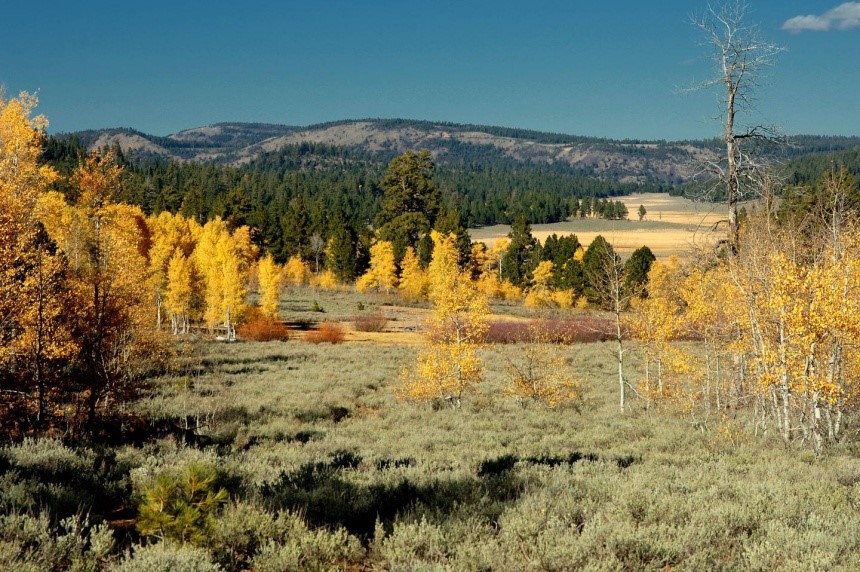
While all national parks allow mushroom foraging, not all have the same rules regarding permits. At Oregon’s Fremont-Winema National Forest, you can pick limited numbers of morels and other plants without first obtaining what’s called a special use permit at the park office. Elsewhere in the Cascades’ federal lands, permits are required no matter how few mushrooms you pick. So it’s always best to check at the park office first. Otherwise, if you’re caught red-handed with unauthorized morels, you may end up paying a hefty fine.
Texas Hill Country
Local Mushrooming Experts and Foraging Classes: Central Texas Mycological Society
Generally speaking, you need a few good weeks of winter freeze for a decent spring morel crop — but the hardy morels of north Texas Hill Country seem to make do with less than that.
You’ll have your best luck searching under juniper and cedar trees beginning in late March, but be careful where you forage: Texans don’t take kindly to morel rustlin’ (yes, that’s what they call it), and you’ll face a large fine for foraging on private lands and in state and city parks. Stick to national forests and grasslands.
In Texas, morels can be found as far south as Balcones Canyonlands National Wildlife Refuge, near Austin.
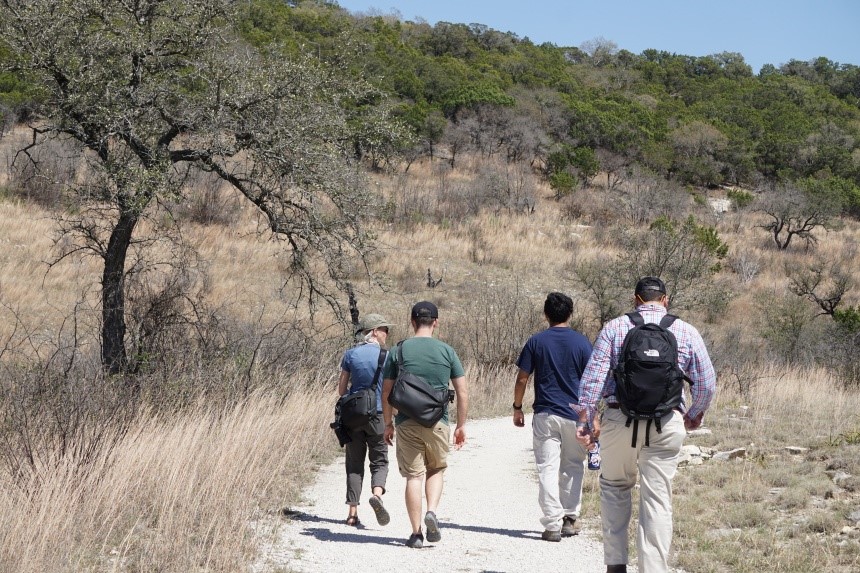
“Texas morels love the alkaline soils found in the Austin area, up through Dallas and all the way to Canada,” says Mark “Merriwether” Vorderbruggen, Texas’s top mushroom expert and author of Foraging: Explore Nature’s Bounty and Turn Your Foraged Finds Into Flavorful Feasts.
He suggests sautéing morels Texas style: in a butter or bacon grease with garlic.
“I find that hard to beat,” he says.
Become a Saturday Evening Post member and enjoy unlimited access. Subscribe now
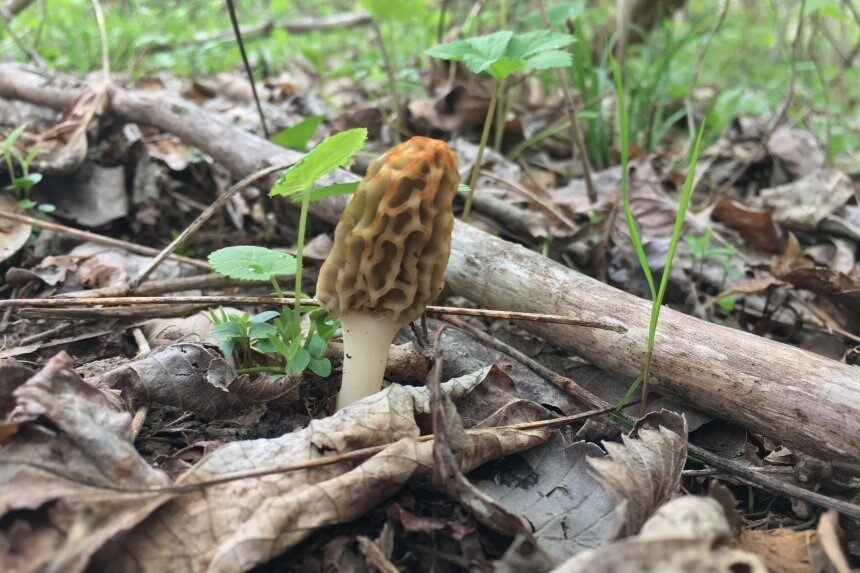
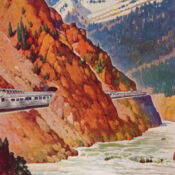
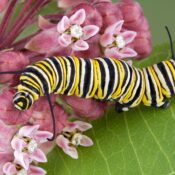

Comments
Which areas in West Virginia Morgan county are good for morel hunting?
Mesick, Michigan.
Mushroom Capital of the World.
Used to pick morels up there when I was a kid .
MMMmmmmm.
There is a big difference between national parks and national forests, and the author consistently confuses and interchanges them. Generally, National Forests (like the Fremont-Winema NF and the Hoosier NF referred to in the article) allow picking of mushrooms for personal use, usually without a permit. They even allow commercial picking with a permit. National Parks are a different beast, set aside more for their scenic, ecological, or recreational value and less for commodity production, and I’d be very careful when in a National Park (like Yosemite) about removing ANYTHING without first ensuring that this is allowed.
I get a little crazy over morels. I truly love to scour the spring woods looking for them. Good luck to all this SEASON
Our family wants the full effect of the taste. We cut them in half rinse them and soak them overnight in salt water to kill the bugs. The next day we rinse them again and while they are still wet we roll them in just flour making sure to get the flour inside of the little holes. We then deep fry them till crisp and place them on a paper towel. Salt to taste and enjoy.
You can find morels in the southeast too, often March to May depending on the weather. I’ve already found a couple this year in north Georgia. We’re in a cold snap now, but next time it gets warm, especially if we get beneficial rain, I expect it’ll be a good year.